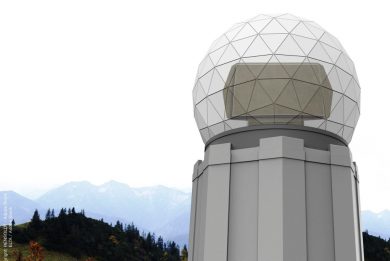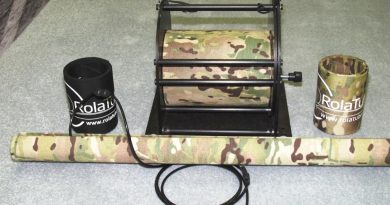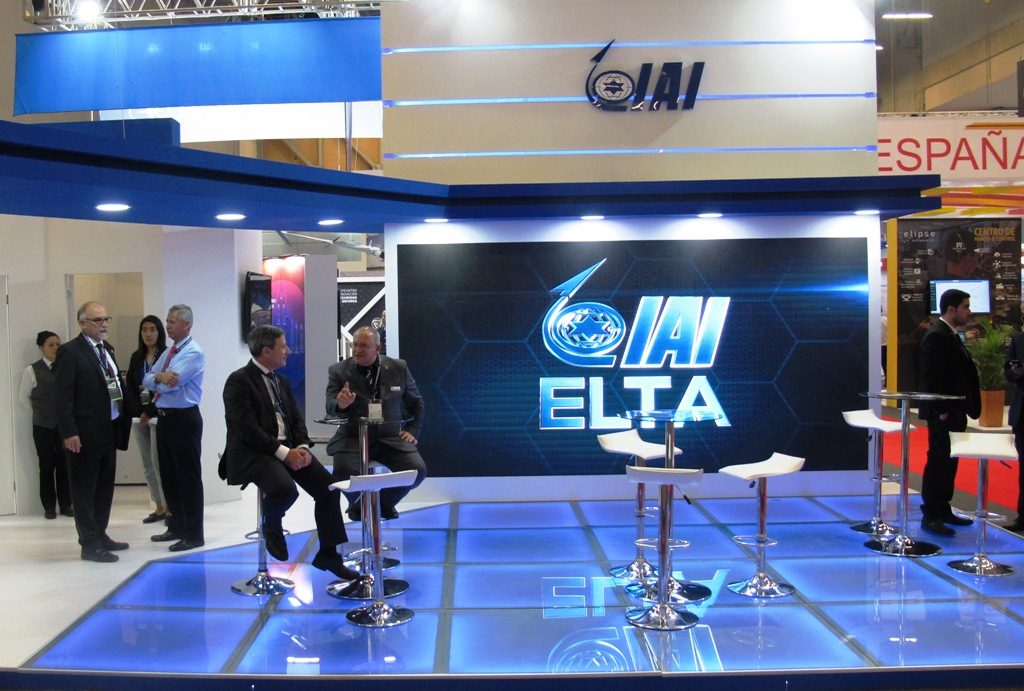
Latin America: the IAI view
Air defence is definitely the key subject for Israel’s IAI at Expodefensa 2019, both the Colombian Air Force and Army being looking for new solutions in that field. “In the recent years IAI tried to break the paradigm in the air defence world, where for years each battery was carrying on one specific mission, SHORAD, Medium Range, Long Range and Anti Ballistic Missile defence,” Paltiel Bichman, Director Marketing and Business Development at IAI Air & Missile Defense Systems Division tells ED On-Line. Integrating some or all those elements into a cohesive system was very expensive and demanding, especially on the command and control side. “We thus decided to work on a very flexible system, the Barak MX, which can use up to three different effectors while maintaining the same sensors and command and control assets,” he continues. The three missiles are respectively the Barak MRAD, which features a single pulse rocket motor and has a range of 35 km, the Barak LRAD, with a dual pulse rocket motor and a range of 70 km, and finally the Barak ER, for Extended Range, which adds to the dual pulse rocket motor an additional booster to reach a range of 150 km and features enhanced capabilities against Tactical Ballistic Missiles.
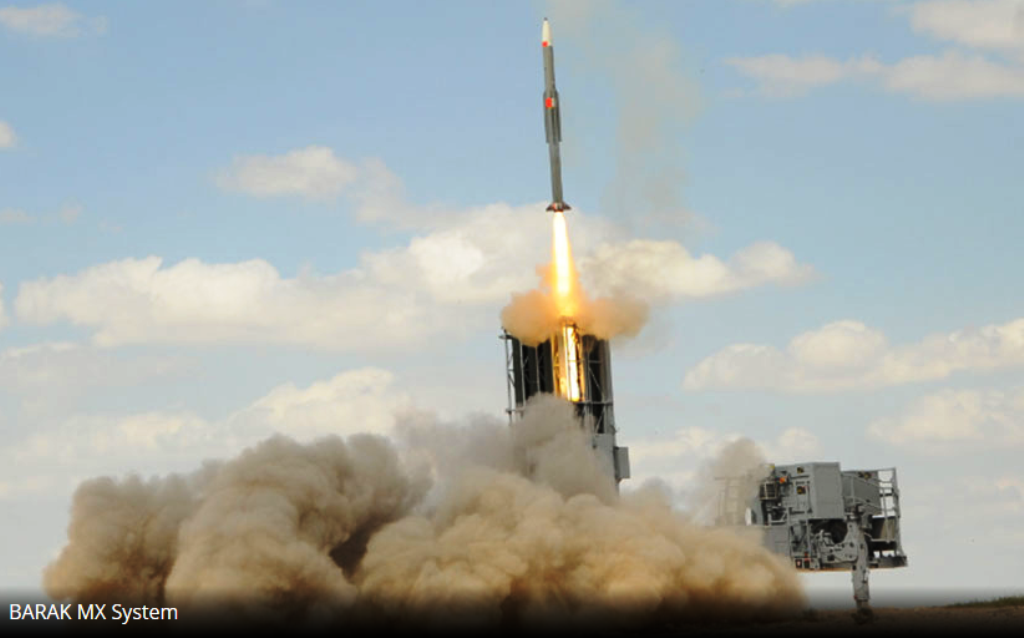
“These missiles can be used on the same launcher, the command and control system deciding which battery should launch which missile,” Mr. Bichman says. The key element in the decision is obviously based on operational considerations, however logistic-operational considerations such as the number of missiles of one type on a launcher are also being taken in count. “We are offering our Barak MX in many countries, one advantage being the high number of missiles being produced, in the order of thousands, which allows us flexibility in terms of price and time of delivery, Bichman adds, underlining that “our solution is well adapted to Latin America and budget problems as it does not require to buy a complete solutions from the beginning, but the build-up can be dome gradually adding sensors, effectors and even C2 centres in a modular way,” helping in dealing with budget constraints. Not only, IAI is ready to integrate its missiles with radars and/or command and control systems already in use by potential customers, a further element to reduce budget-related issues.
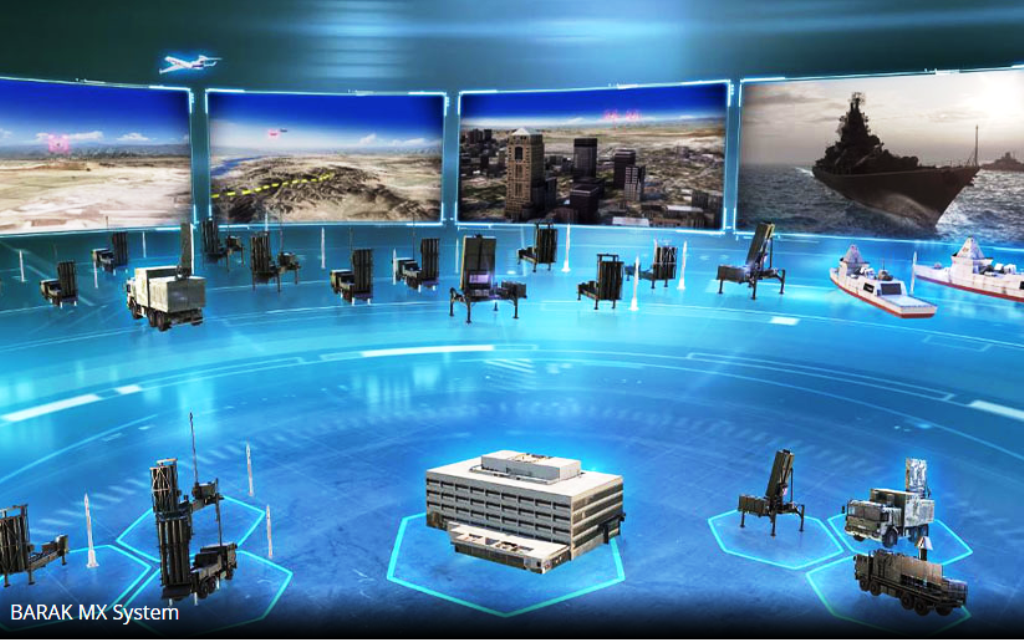
The Israeli company is not looking only at ground-based air defence, “our Barak missile launcher being relatively small thus easily installable even on small ship, as those in service with the Israel Navy,” the IAI representative adds. The solution can be adopted both on new constructions as well as on existing ships during a major refitting programme. Should the missile be in use by both land- and sea-based units, this would be a plus i.e. when naval assets would operate in brown waters.
IAI looks also beyond the Colombian borders, and is actively proposing Barak MX solutions to other nations, Brazil and Chile being on top of the list.
Air defence is however not the only area of interest of IAI in the area. In Colombia the company is fully supporting the Air Force Kfir fleet through maintenance carried out mostly through the Air Force itself. While a decision on their replacement is awaited, IAI is ready to propose its life-extending solutions to Colombia should the Kfir replacement date be moved on the right.
Space observation is a new market that is opening up in Latin America, IAI being ready to provide civil/commercial solutions with resolutions lower than that of military satellites but still very efficient and at much more affordable prices.
Photos and pictorials by IAI and Paolo Valpolini

